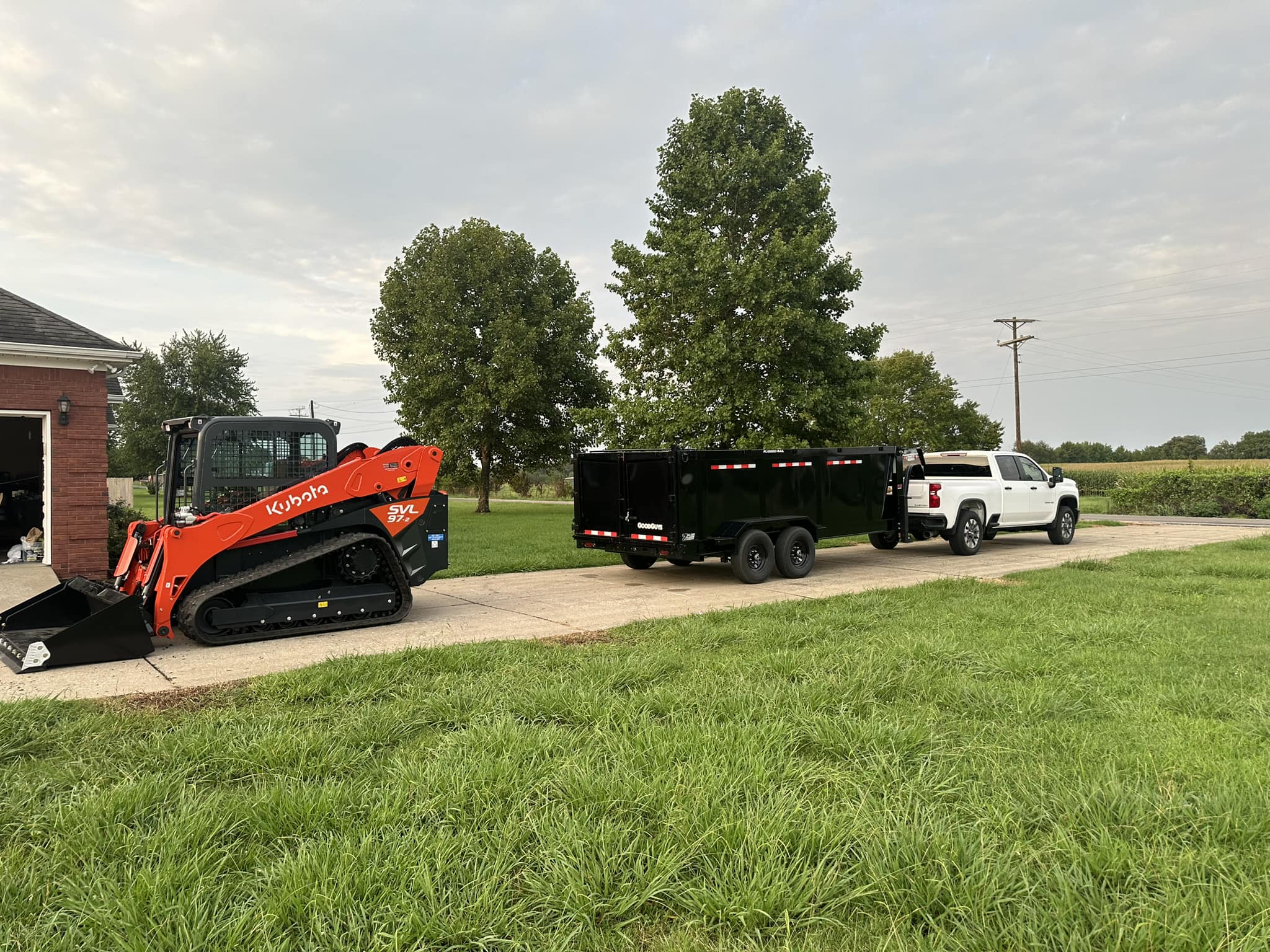
Transform Your Overgrown Property: Expert Land Clearing Tips and Tricks Oct 15, 2025
The first step in successful land clearing is understanding the specific goals for your property. Are you looking to clear land for agriculture, construction, or simply to enhance the aesthetics? Defining your project’s purpose will greatly influence your approach. Clear objectives allow you to prioritize tasks and allocate resources more efficiently. It's crucial to have a detailed plan in place, which could include hiring professional services like those offered by Lanes Land Management to ensure optimal results.
Once you've set your goals, assess the current state of your property. Identifying the types of vegetation present is essential. Different plants require distinct removal techniques. For instance, the approach to removing dense brush differs from that used for large trees or invasive species. An inventory of the vegetation will guide the selection of proper equipment and methods. Many landowners find that partnering with professionals can simplify this complex process, as they bring valuable experience and tools suited for various clearing challenges.
After assessing the land, select the appropriate land clearing methods. Mechanical clearing, using tools like bulldozers or mulchers, is effective for larger areas or when dealing with significant obstacles like trees or thick underbrush. Alternatively, hand-clearing is ideal for smaller spaces or when you need to preserve certain features of the landscape. Lanes Land Management offers advanced machinery and skilled technicians that can adapt to either approach, ensuring that your project progresses smoothly and effectively.
Addressing environmental considerations is another key aspect of land clearing. It's important to adhere to local regulations and obtain necessary permits before beginning any major clearing operations. This not only avoids potential legal complications but also ensures that your clearing activities are environmentally sustainable. Techniques such as controlled burning or mulching not only clear land effectively but also contribute positively to soil health by returning nutrients. By consulting with land management professionals, you can minimize environmental impact while achieving your property goals.
Planting cover crops after clearing is a recommended practice to prevent erosion and improve soil quality. Not only do they stabilize the soil, but they also add essential nutrients back into the earth, preparing it for future planting or development. Additionally, replanting native species helps restore the ecological balance and promote biodiversity.
As your project nears completion, don’t overlook the importance of maintenance. Regular upkeep is essential to prevent regrowth and maximize the investment you’ve made in land clearing. Establishing a maintenance schedule that includes periodic inspections and necessary touch-ups can greatly extend the usability of your land.
In conclusion, whether you're clearing land for personal use or commercial purposes, careful planning, and execution are imperative. By leveraging the expertise of professionals like Lanes Land Management, you ensure not only the success of your land clearing project but also the preservation of your property’s natural beauty. Transform your overgrown property with confidence, knowing that with the right strategies and partners, your land can reach its full potential.
/filters:no_upscale()/filters:format(webp)/media/98ed1c6e-35f2-4e3f-a4dc-0279b93c9a0b.jpg)
/filters:no_upscale()/filters:format(webp)/media/82beee98-e8d9-4b43-b7ad-b1157d24961b.jpg)